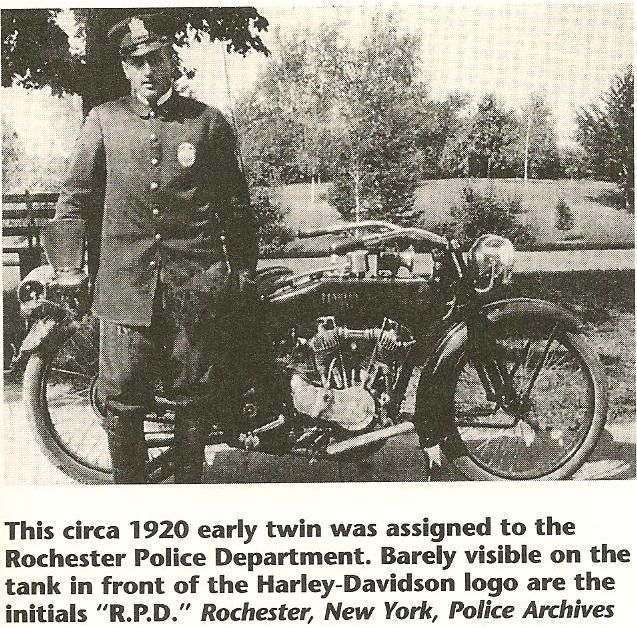I have a 1916 Harley twin engine which has an engine number which finishes in the letters MD. While I understand that the M is correct for a 1916 engine, can anyone please tell me what the D signifies? Thanks, Rob
Announcement
Collapse
No announcement yet.
1916 Harley Engine Number
Collapse
X
-
http://www.antiquemotorcycle.org/bbo...J-is-for-junky
Hey Rob, I have a 1916 J also. The above link has the best information you will ever get on 1916 engine numbers; thanks to Mark Masa, and Tommo.Eric Smith
AMCA #886
-
Since that older post, I now lean much more toward the D indicating a Dual pedal model. The factory always asked that you include the motor number with parts orders. I suspect that this was as a check to make sure that the customer/dealer was ordering the correct parts for the model. The 1916 rear stroke and pedal start gearboxes have a number of parts that are unique to that unit. This is akin to the use of the A in mid 1919 motors and gearboxes to indicate the figment of the new style clutch.
Just my opinion. I still have no proof.
Mark MasaMark Masa
www.linkcycles.com
Comment
-
-
I know that very early 1917's had a frame that is very similar to a 1916 frame. This may have also been used on VERY late 1916's too but I've never seen anything to illustrate that. These early 1917's were also still painted gray. The early 17 frame has the same "open" attachment OF THE TRANSMISSION PLATE to the seat post tube like on the 1915/16 but it uses the redesigned 1917-25 axle clips. It also has a two bolt fender attachment on the cross bar under the seat as opposed to the three bolt of earlier models. It also has the stays in the new wide position. I saw one of these frames at Wauseon last year. It's in Poland now.
I'm not familiar with two 1916 rear fenders but the 1916 and 1917 are quite similar. They each have a single brace on each side and a bolt on tail section as opposed to a hinged flip. The 1917 tail section is several inches longer than the 1916 one. The 1917 rear fender also has shallow dimples towards the front for the now wider top stays. I own samples of each of these fenders.
I'd be surprised if the parts book didn't call out an early and a late 1916 rear fender since you cannot install a wide stay rear fender onto a narrow stay frame. There are tons of examples of where they changed a part and didn't call it out in the parts book. The exception to this is usually when the new part won't fit.
What do you have?
Mark MasaMark Masa
www.linkcycles.com
Comment
-
dave L had one at wauseon this year. it had lots of rust.Originally posted by MMasa View PostI know that very early 1917's had a frame that is very similar to a 1916 frame. I saw one of these frames at Wauseon last year. It's in Poland now.
Mark Masarob ronky #10507
www.diamondhorsevalley.com
Comment
-
I saw that frame. I seem to remember that it was a 1917-1919 frame. it was closed at the joint of the trans plate (early 1917 - 1924) and the seat post tube. Also, it didn't have the reinforced neck (1920-24)
Mark MasaMark Masa
www.linkcycles.com
Comment

Comment